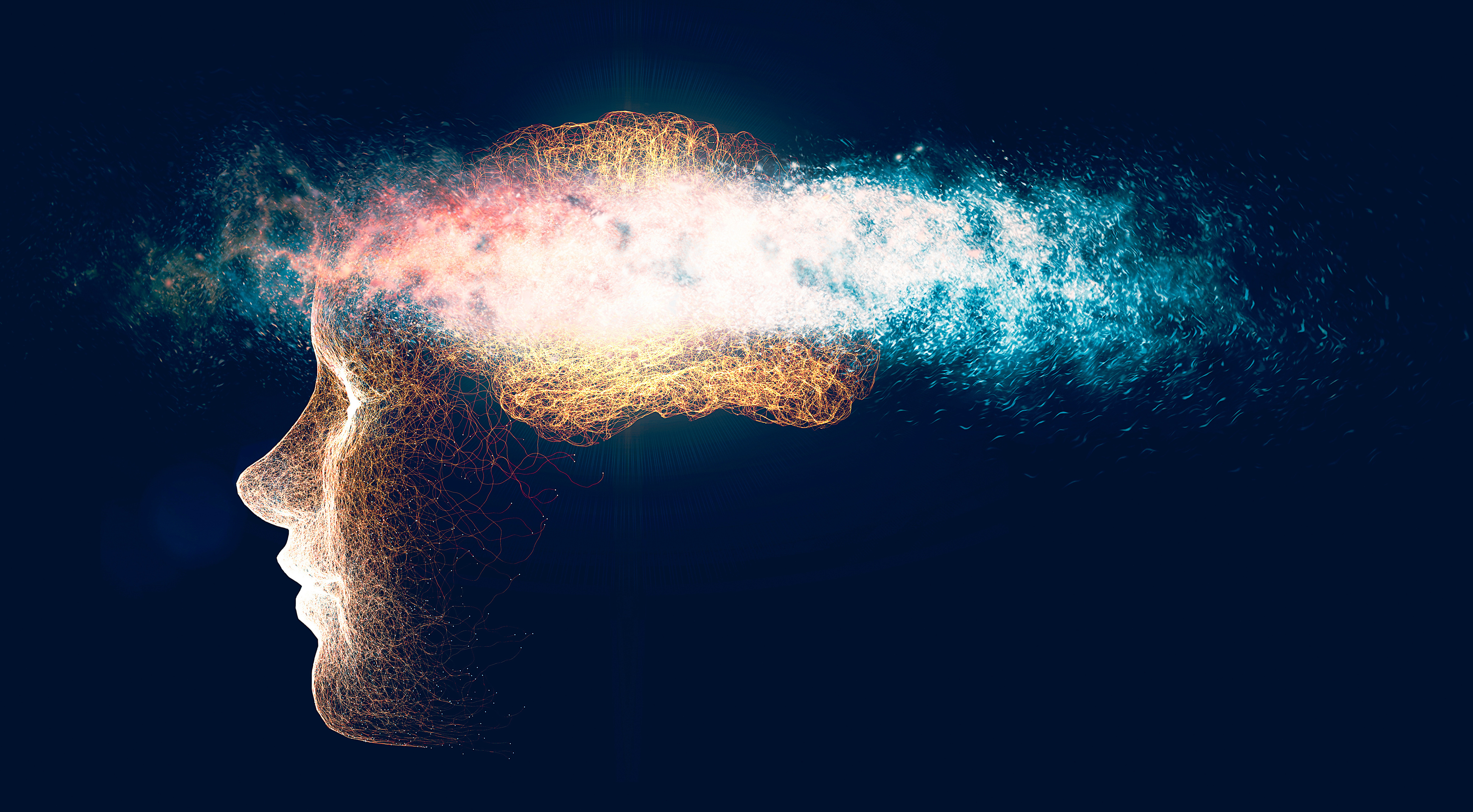
Astrocyte Omics in Alzheimer's: From Adaptive to Maladaptive
A pioneering study sheds light on the dynamic role of astrocytes in Alzheimer's disease (AD). By examining human brain samples from healthy aging through severe AD, researchers uncovered how astrocytes transition from protective to dysfunctional states, providing insights into the molecular basis of disease progression. Here’s a deep dive into the study’s essential findings.
At a Glance
Astrocyte Heterogeneity: Significant regional differences in astrocyte gene expression across brain areas, with specific signatures linked to AD vulnerability.
Astrocyte Transition: Identification of intermediate astrocyte states that bridge healthy and reactive states, suggesting a dynamic response to AD pathology.
Key Pathways: Dysregulation of synaptic function, energy metabolism, and proteostasis in astrocytes in response to amyloid (Aβ) and tau (pTau) pathology.
Exhaustion in Late-Stage AD: Astrocytes exhibit an exhausted response at advanced disease stages, marked by a failure of adaptive functions and maladaptive dysfunction.
The Complex Role of Astrocytes in Alzheimer's Disease Progression
Astrocytes, essential brain cells that support neuronal health, have emerged as key players in the progression of Alzheimer's disease (AD). A groundbreaking study, using single-nucleus RNA sequencing (snRNA-seq), has mapped the changes in astrocytes across five brain regions, spanning from normal aging to severe AD. This research, led by Sudeshna Das and her team, has revealed the complex, region-specific trajectory of astrocyte responses to AD, highlighting their evolving role from protective to dysfunctional states.
Key Findings from the Study
#1 Regional Differences in Astrocyte Gene Expression
The study uncovered significant regional heterogeneity in the astrocyte transcriptome across brain regions in normal aging. Specifically, the entorhinal cortex (EC) and visual cortex (V1) exhibited the most pronounced changes. In the EC, known for being the first site affected by tau pathology in AD, researchers identified a unique astrocyte signature marked by upregulation of APP and APOE genes and downregulation of SLC1A2, a glutamate transporter, which is linked to the vulnerability of the region to AD. This finding suggests that astrocytic genes may play a crucial role in the region’s susceptibility to AD.
#2 Intermediate States of Astrocytes
One of the study's most important discoveries is the identification of intermediate astrocyte states. These transitional states occur between healthy and reactive forms of astrocytes, suggesting that astrocytes undergo dynamic changes as the disease progresses. The study notes:
 Overall, our findings highlight critical functional alterations of astrocytes—including proteostasis and metabolic—that suggest a complex trajectory of astrocyte from an adaptive response to a maladaptive dysfunction contributing to AD progression.
Overall, our findings highlight critical functional alterations of astrocytes—including proteostasis and metabolic—that suggest a complex trajectory of astrocyte from an adaptive response to a maladaptive dysfunction contributing to AD progression.
The omics data provided insights into the gene expression profiles of these intermediate states, offering a more nuanced understanding of astrocyte involvement in AD.
#3 Synaptic Dysfunction and Energy Failure
The researchers found that synaptic-associated genes were dysregulated in astrocytes in regions with higher levels of pTau, indicating that astrocytes contribute to synaptic dysfunction. Furthermore, energy metabolism was compromised in astrocytes exposed to Aβ and pTau, suggesting that astrocytes suffer mitochondrial dysfunction and energy deficits, which could accelerate the clinical progression of AD.
#4 Exhaustion of Astrocytic Responses in Late-Stage AD
At late stages of AD, the astrocytic response was found to become exhausted. Many genes involved in proteostasis, energy metabolism, and mitochondrial function that were upregulated in earlier stages of the disease were downregulated or returned to baseline at end-stage disease. This exhaustion suggests that astrocytes lose their ability to support brain function, potentially contributing to the progression of neurodegeneration. The omics analysis revealed the stark differences in astrocyte gene expression between intermediate and late-stage AD.

#5 Distinct Astrocyte Subclusters
The study identified distinct subclusters of astrocytes, including homeostatic astrocytes that help maintain brain function, and reactive astrocytes, which are involved in the response to injury and disease. Reactive astrocytes accounted for less than 25% of the total astrocyte population but were linked to markers of neuroinflammation and cytoskeletal changes, characteristic of AD pathology.
Looking Ahead: Implications for Alzheimer's Research
This study represents a significant leap forward in understanding how astrocytes change in response to Alzheimer's disease. By identifying intermediate states and understanding how Aβ and pTau drive these transitions, the research opens up new potential therapeutic avenues for targeting astrocytes in AD.
The discovery of astrocyte exhaustion in late-stage AD also underscores the need for interventions that might boost astrocyte function before they become maladaptive. The omics approach has illuminated key molecular actors that could serve as potential targets for therapy.
As the research continues, a deeper understanding of astrocyte interactions with other brain cells, like neurons and microglia, could help identify new molecular targets for treatment. This study paves the way for future strategies that not only address neurons but also target the cellular environment in which they function, offering hope for more effective Alzheimer's therapies.